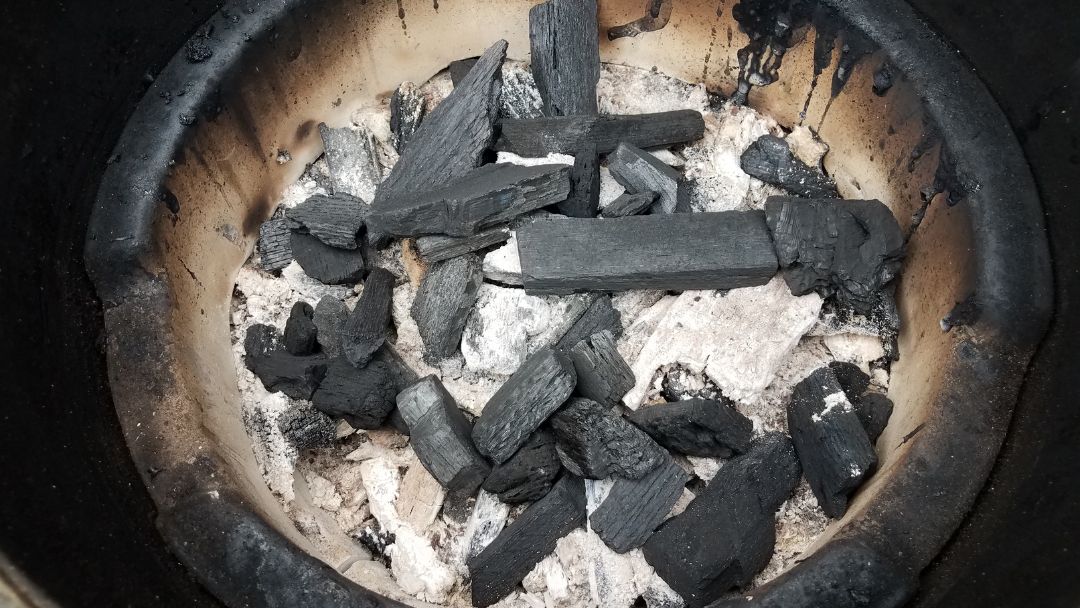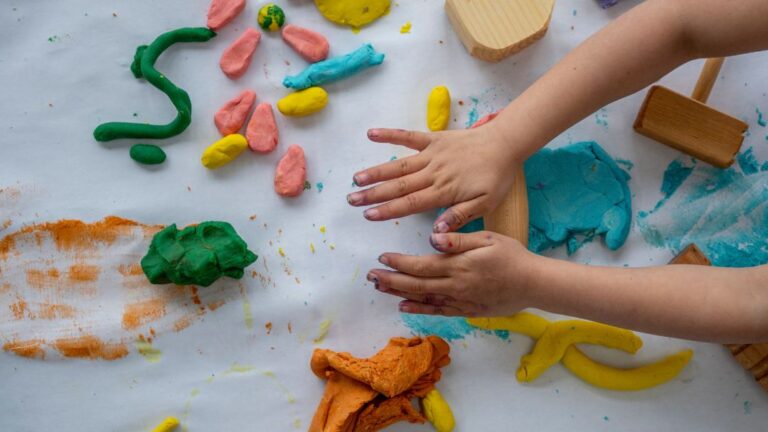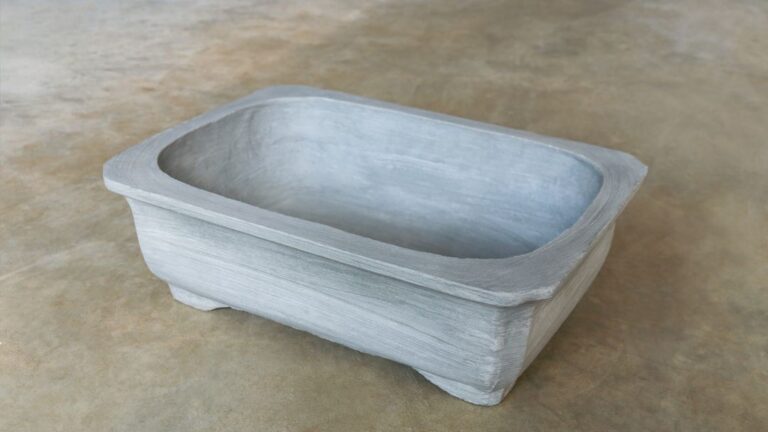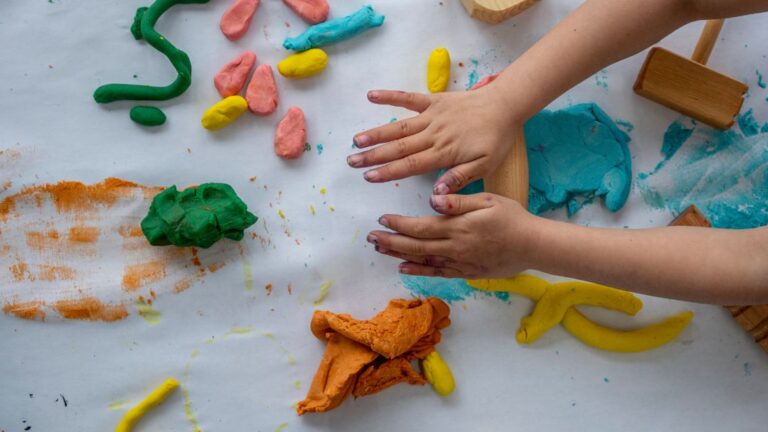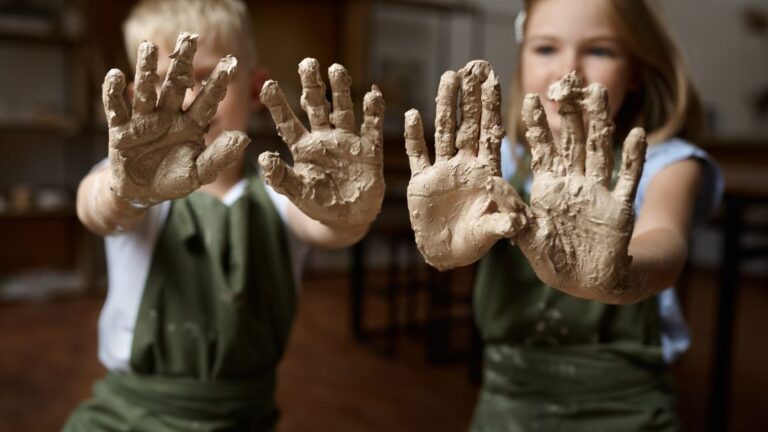How to Make Bone Ash: Step-by-Step Guide
To make bone ash, start by collecting and cleaning animal bones. Then, break them into smaller pieces and burn them at a high temperature until they turn into ashes.
This process can be done in a kiln or by using a controlled fire. The resulting bone ash can be used in various industries, including ceramics, glass, and fertilizer production. Bone ash contains high levels of calcium and phosphorus, making it a valuable ingredient in these applications.
By following these steps, you can create bone ash that is ready for use in your desired field.
The Basics Of Making Bone Ash
Discover the step-by-step process of how to make bone ash, an essential ingredient in various industries. From sourcing and preparing the bones to the meticulous burning and grinding process, learn the basics of creating this versatile substance.
What Is Bone Ash?
- Bone ash is a unique material that is derived from bones, usually animal bones. It is created through a process known as calcination, which involves heating bones at extremely high temperatures until they are reduced to a fine, white powder.
- Bone ash has a high calcium content, typically ranging from 36% to 53%, making it an excellent source of this essential mineral.
Bone ash is known for its unique properties that make it highly beneficial for various applications. These properties include:
- High calcium content: Bone ash is primarily composed of calcium phosphate, making it an excellent source of calcium.
- Low impurities: The calcination process helps remove impurities, resulting in a pure and high-quality material.
- Heat resistance: Bone ash can withstand high temperatures, making it suitable for use in ceramics and pottery.
- Insolubility in water: Bone ash does not dissolve in water, making it ideal for use in glazes and enamels.
Why Do You Need Bone Ash?
Bone ash is a versatile material with a wide range of uses in various industries. Some of the reasons you may need bone ash include:
- Ceramic production: Bone ash is commonly used as an essential ingredient in the production of ceramics and pottery due to its heat resistance and ability to enhance glazes.
- Fertilizer production: The high calcium content of bone ash makes it a valuable component in manufacturing fertilizers, as calcium is essential for plant growth and development.
- Dental applications: Bone ash is also utilized in the production of dental materials, such as dental cement and bone grafts, due to its biocompatibility and ability to enhance bone regeneration.
- Glass manufacturing: Glassmakers often use bone ash to improve the clarity, strength, and melting properties of glass.
- Metallurgy: Bone ash can be used in metallurgical processes, such as refining metals and alloys, due to its ability to remove impurities.
Bone ash finds its application in various industries and fields, including:
- Ceramics and pottery: It serves as a crucial ingredient in ceramic production, allowing for the creation of durable and aesthetically pleasing pieces.
- Agriculture: Bone ash is utilized as a natural source of calcium in fertilizers, promoting healthy plant growth and increasing crop yields.
- Dental industry: It is an essential component in dental materials, enabling the development of reliable and biocompatible dental products.
- Glassmaking: Bone ash enhances the quality of glass, making it clearer, stronger, and easier to shape.
- Metallurgy: Bone ash aids in the refining of metals and alloys by removing impurities and improving their properties.
Gathering the necessary materials
Bones from various sources:
- Bones can be sourced from different animals, such as cows, pigs, or even fish. The choice of bones depends on the desired end-product and availability.
- It is vital to ensure that the bones are clean and free from any residual meat or tissue before beginning the process of making bone ash.
When making bone ash, you will need the following tools and equipment:
- Heat-resistant container: A container capable of withstanding high temperatures, such as a kiln or furnace.
- Grinding mill or mortar and pestle: These tools are used to crush and grind the bones into a fine powder after calcination.
- Sieve or mesh: A sieve or mesh is necessary for separating any larger bone particles from the fine ash powder.
- Protective gear: Heat-resistant gloves, goggles, and a mask should be worn for safety during the calcination process.
Remember, making bone ash requires careful attention to detail and the use of proper safety precautions. With the right materials and equipment, you can create this valuable substance for various applications in different industries.
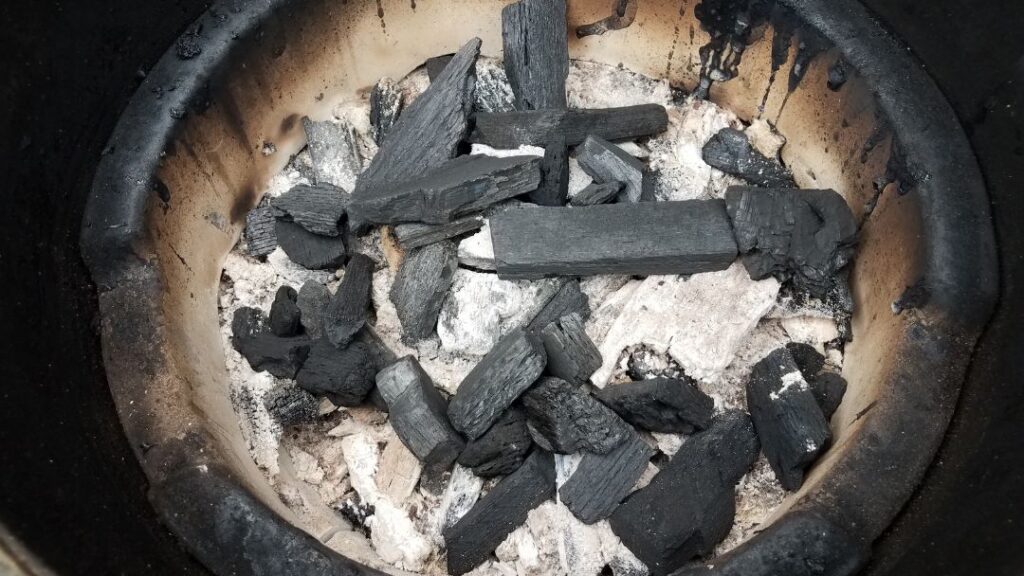
Preparing The Bones
Discover the art of making bone ash with our simple guide. Prepare the bones carefully using our step-by-step instructions to create high-quality bone ash for various applications.
Cleaning And Sanitizing The Bones:
Before starting the process of making bone ash, it is crucial to clean and sanitize the bones properly. Here are the steps to follow:
- Begin by rinsing the bones with clean, cold water to remove any visible dirt or debris.
- Use a soft-bristled brush to scrub the bones gently, ensuring to clean all the surfaces.
- Soak the bones in a mixture of water and mild dish soap for a few hours to get rid of any stubborn dirt or grime.
- After the soaking period, rinse the bones thoroughly with water to ensure all the soap residue is removed.
- To sanitize the bones, soak them in a solution of water and bleach or hydrogen peroxide. Use one part bleach or peroxide to ten parts water.
- Allow the bones to soak in the sanitizing solution for at least 30 minutes.
- Once sanitized, rinse the bones once again with water to remove any remaining sanitizing solution.
Removing Flesh And Debris:
After cleaning and sanitizing the bones, the next step is to remove any remaining flesh and debris. Here’s how to do it:
- Use a sharp knife or scalpel to carefully remove any visible pieces of flesh from the bones.
- If the bones have hard-to-reach areas, use a small brush or toothbrush to clean them thoroughly.
- Ensure that all the flesh and debris are removed, as they can interfere with the bone ash-making process.
Sterilizing The Bones To Prevent Contamination:
It is crucial to sterilize the bones to prevent any bacterial or fungal contamination during the bone ash-making process. Follow these steps to sterilize the bones effectively:
- Preheat the oven to a temperature of 200-250°F (90-120°C).
- Place the cleaned bones on a baking sheet lined with aluminum foil.
- Put the baking sheet with the bones in the oven and bake for at least 1 hour to sterilize them properly.
- After the sterilization process, carefully remove the bones from the oven and allow them to cool before proceeding.
Drying The Bones:
Once the bones are cleaned and sterilized, they need to be dried thoroughly before using them to make bone ash. Proper drying ensures that the bones are free from moisture. Here are some effective methods for drying bones:
- Air-drying: Place the bones on a clean, dry surface or hang them using a string or wire in a well-ventilated area. Allow the bones to air dry naturally for several days to ensure complete drying.
- Oven-drying: Preheat the oven to a low temperature (around 200°F/90°C). Place the bones on a baking sheet and put them in the oven for a few hours, checking regularly to prevent overheating. Remove the bones from the oven once they are completely dry.
Methods For Drying Bones Effectively:
To ensure efficient drying of bones, follow these methods:
- Avoid exposing the bones to direct sunlight, as it can cause them to become brittle.
- Rotate the bones periodically during the drying process to allow for even drying.
- If using an oven for drying, keep the temperature low to prevent excessive heat that can damage the bones.
- Use a dehumidifier in the drying area to facilitate faster drying by removing excess moisture from the air.
Ensuring The Bones Are Fully Dried Before Proceeding:
It is crucial to ensure that the bones are completely dry before moving forward with the bone ash-making process. Here’s how to ensure full drying:
- Check the bones for any remaining moisture by gently pressing them. If they feel cool or damp, they are not fully dry.
- If there is any doubt about the dryness, extend the drying time by a few more days or hours, depending on the chosen drying method.
- Avoid rushing the process, as bone ash made from damp bones may not yield the desired results.
Remember, proper cleaning, sanitizing, sterilizing, and drying of bones are essential steps for making high-quality bone ash.
The Bone Ash Making Process
Discover the bone ash making process and learn how to create bone ash in just a few simple steps. From collecting raw bones to processing and refining, this guide provides you with all the information you need to successfully make bone ash.
Grinding The Bones
Grinding the bones is the first step in the bone ash making process. The bones are ground into a fine powder to extract the valuable bone ash. This can be done using different methods, depending on the equipment and resources available.
- Crushing and grinding: The bones are crushed using a mortar and pestle, or they can be ground in a spice grinder or food processor. This method is suitable for small-scale bone ash production.
- Milling: Large-scale bone ash production often involves the use of specialized grinding mills. These mills can efficiently grind the bones into a consistent powder.
Different Methods For Grinding Bones
There are several methods that can be used to grind bones, depending on the desired outcome and available equipment.
- Mortar and pestle: This traditional method involves manually crushing the bones using a mortar and pestle. It is suitable for small quantities of bones and provides a more controlled grinding process.
- Spice grinder: A spice grinder can be used to grind bones into a fine powder. It is a convenient option for small-scale bone ash production.
- Food processor: A food processor can quickly grind bones into a powder. It is a suitable method for larger quantities of bones.
Achieving The Desired Consistency
To ensure the bone ash is of high quality, it is important to achieve the desired consistency during the grinding process.
- Fine powder: The bones should be ground into a fine powder to maximize the extraction of bone ash. This ensures a higher concentration of minerals and nutrients.
- Consistent texture: It is crucial to grind the bones evenly, resulting in a consistent texture throughout the bone ash. This helps in obtaining a more uniform product.
Calcination
Calcination is the next step in the bone ash making process. It involves heating the ground bones to high temperatures to remove impurities and unwanted substances.
Heating The Ground Bones To High Temperatures
Heating the ground bones to high temperatures is essential for the calcination process.
- Controlled heat: The bones should be heated at a controlled temperature to ensure the proper calcination process. This helps in achieving the desired chemical composition of the bone ash.
- High temperatures: The bones are heated to temperatures ranging from 1,400 to 1,800 degrees Fahrenheit. This high heat helps in the decomposition of organic matter and the removal of impurities.
The Importance Of Controlled Heating
Controlled heating is crucial in the bone ash making process to achieve optimal results.
- Chemical reactions: Controlled heating ensures that the chemical reactions required for calcination occur correctly. This helps in obtaining high-quality bone ash with the desired properties.
- Consistent product: By maintaining controlled heating, it is possible to produce bone ash with consistent properties, such as purity and particle size.
Removing Impurities And Unwanted Substances
During calcination, impurities and unwanted substances are removed from the bone ash.
- Organic matter: High temperatures during calcination help in the complete combustion of organic matter present in the bones, leaving behind pure bone ash.
- Unwanted substances: Other unwanted substances, such as any remaining connective tissue or minerals, are also eliminated during calcination.
Filtering And Purifying The Bone Ash
After the calcination process, the bone ash is filtered and purified to remove any remaining impurities.
- Filtering: The bone ash is passed through a fine mesh or filter to remove any larger particles. This helps in obtaining a more refined and uniform bone ash.
- Purifying: Additional purification methods, such as leaching with water or chemical treatments, can be used to further purify the bone ash, ensuring a higher quality product.
By following these steps, the bone ash making process can result in high-quality bone ash, which can be used in various applications, including fertilizer production, ceramics, and glass industries.
Tips For Successful Bone Ash Making
Making bone ash can be a delicate process that requires proper storage, handling, and precautions to ensure a successful outcome. Here are some tips to help you navigate the bone ash making process with ease:
Storing Bone Ash
- Keep bone ash in airtight containers: Seal bone ash tightly in containers to prevent moisture absorption and maintain its quality over time.
- Store in a cool, dry place: Choose a storage location that is away from direct sunlight, excessive heat, and humidity to avoid risk of degradation.
Preventing Moisture Absorption
- Use desiccants: Place moisture-absorbing packets or silica gel in the storage containers to reduce the risk of moisture affecting the bone ash.
- Avoid exposure to humid environments: Keep bone ash away from areas with high humidity to prevent it from becoming damp or clumping.
Troubleshooting Common Issues
- Dealing with discoloration or impurities: If you notice discoloration or impurities in your bone ash, consider adjusting the grinding or calcination process to improve purity levels.
- Adjusting the grinding or calcination process: Experiment with different grinding techniques or calcination temperatures to achieve the desired consistency and quality of the bone ash.
Ensuring Safety During The Bone Ash Making Process
- Wear protective gear: Use gloves, goggles, and a face mask to protect yourself from any potential hazards that may arise during the bone ash making process.
- Handle and store chemicals and equipment safely: Follow proper protocols when using chemicals and ensure that all equipment is stored in a safe and secure manner to minimize any risks.
Remember, successful bone ash making requires attention to detail and adherence to safety guidelines. By following these tips, you can enhance your bone ash making process and achieve superior results.
Creative Uses For Bone Ash
Bone ash, derived from the incineration of animal bones, offers a wide range of creative uses beyond its conventional applications. From enhancing ceramic compositions to promoting plant growth, bone ash’s versatile properties make it a valuable resource for various industries.
In this section, we will explore the creative uses of bone ash and its potential in diverse fields.
Ceramic And Pottery Applications
Bone ash has long been utilized in ceramic and pottery production for its ability to enhance the properties of clay and glazes. Its high calcium phosphate content provides numerous benefits such as increased strength, reduced shrinkage, and improved resistance to thermal shock.
Some common applications include:
Enhancing Glazes and Ceramic Compositions:
- Bone ash acts as a flux, lowering the melting point of glazes and improving their flow.
- It contributes to the opacity and brightness of glazes, enhancing the visual appeal of ceramic pieces.
Achieving Desired Effects and Finishes:
- When mixed with clay, bone ash adds translucency to pottery, allowing light to permeate the surface.
- It enables the creation of unique crackled or mottled textures, adding depth and character to ceramic pieces.
Fertilizer And Soil Improvement
In the realm of horticulture and agriculture, bone ash serves as an effective fertilizer and soil amendment. Its nutrient composition and slow-release properties make it an ideal choice for enriching soils and fostering plant growth. Key benefits include:
Nutrient Composition of Bone Ash:
- Bone ash contains essential nutrients like phosphorus, calcium, and trace minerals, contributing to plant health and vitality.
- Its high phosphorus content promotes root development, flowering, and fruit production.
Benefits for Plant Growth and Health:
- Bone ash improves soil structure, enhancing water retention and nutrient availability.
- It helps neutralize acidic soils, creating a more favorable environment for plant growth.
Other Potential Applications
Beyond its use in ceramics and agriculture, bone ash finds itself employed in various other industries for its unique qualities. Some potential applications include:
Medical and Pharmaceutical Uses:
- Bone ash serves as a vital ingredient in the production of pharmaceutical capsules and supplements due to its high calcium content.
- It is utilized in bone grafting procedures, aiding in the regeneration and healing of bone tissue.
Artistic and Decorative Uses:
- Artists and craftsmen incorporate bone ash into their creations for its unique texture and visual effects.
- It can be used in the production of bone china, a type of porcelain renowned for its translucent appearance.
Bone ash’s versatility extends beyond traditional applications. Its incorporation in ceramics, agriculture, medicine, and art highlights the unique properties and valuable contributions bone ash brings to each respective field. By exploring its creative uses, we can tap into the full potential of this remarkable substance.
Conclusion
Learning how to make bone ash can be an intriguing and rewarding endeavor. By following the straightforward steps outlined in this guide, you can transform animal bones into a versatile and valuable material. First, clean and prepare the bones by removing any meat and tissue.
Then, allow the bones to calcinate in a hot oven or bonfire to create bone char. Once cooled, grind the bone char into a fine powder using a mortar and pestle or a grinder. This bone ash powder can be used in various applications such as ceramics, pottery, and even fertilizer.
Remember to handle the process with care and take necessary safety precautions. With a little patience and practice, you can produce your own bone ash and unleash its potential in your creative projects. So, go ahead and embark on this fascinating journey of making bone ash and unlock a world of possibilities.

